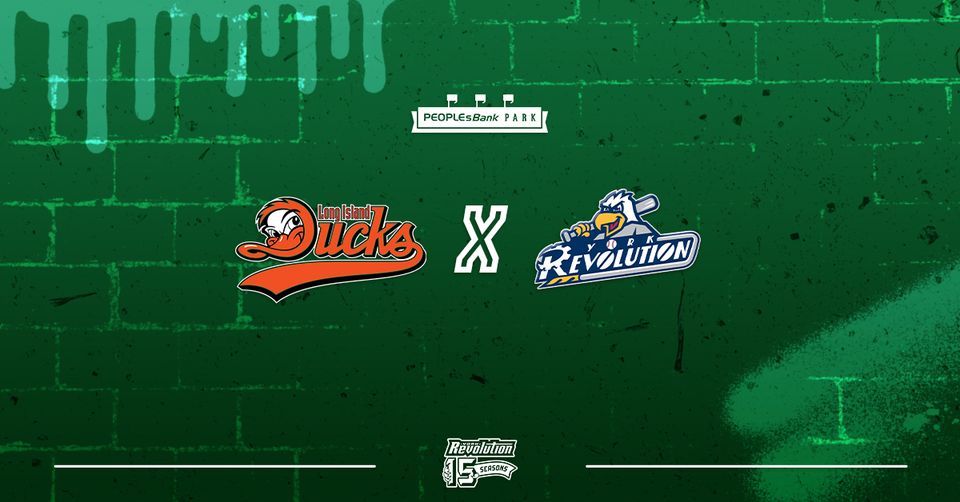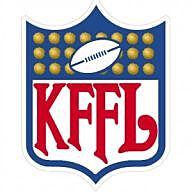

They aren’t as susceptible to warmer water temperatures. Red rock crabs don’t seem to be affectedĭespite Dungeness travails, test-fishing has revealed plenty of red rock crabs in South Sound. No hatchery program exists here, though they have been used on the East Coast in an effort to boost blue crab numbers, Velasquez said. Acidification and pollution could also be factors.ĭuring an open season, crabbers can only keep male Dungeness that are at least 6 1/4 inches across the back.įisheries managers have not tried to relocate crabs from other areas or use hatchery techniques to seed the area. Research has also shown that higher surface water temperatures during some South Sound summers are likely to be lethal to young Dungeness crabs. “This is probably due to existing females reaching the end of their lives without replacement.” “We might expect the females to disappear as time goes on if new-year classes of younger crab have not successfully settled the area,” Velasquez said. Data collected since 2019 suggests that larval supply in the South Sound is much less than in North Sound or the Strait of Juan de Fuca. The best chance for local larval production is probably nearby females, Velasquez said.īiologists deploy light traps to determine how many Dungeness larvae arrive at various Puget Sound locations and when they are present. They might remain close to where they were born or get transported all the way from the Pacific to Puget Sound. Then the larvae are suspended in the water for about three months before they settle back to the bottom.ĭuring that time they’re at the whim of the tide and currents. It must be something more than overharvestingĪ couple notable ones being researched are whether adequate crab larvae are present, and surface water temperatures.įemale crabs hold onto their fertilized eggs until they hatch. The South Sound is Marine Area 13, everything south of the Tacoma Narrows bridges. That points to other environmental factors. If the low numbers were simply the result of overharvesting - removing too many adult males before they could mate - then closing the fishery should allow the population to recover on its own over a few years as Dungeness grow to legal size in about four years. “When you plot the sizes of Dungeness crab in MA 13, it is very apparent that there are fewer Dungeness crabs in all sizes and the smaller crabs are underrepresented when compared to healthier populations in North Sound,” Velasquez said. During an open season, only males measuring 6 ¼ inches across the back can be retained no females.

A healthy population should have plenty of males and females of all ages. Only a few small males (0.2) and almost no females (0.03) were caught. This year there were 1.16 Dungeness per pot, almost all legal-sized males. A healthy Whidbey Island fishery produced 17 to 34 per pot. In 2018 there were just 0.3 legal-size male Dungeness per trap (0.7 total crabs). The catch has been scant, topping out at 2.43 total crabs per set the first year. Fifteen commercial pots are set for 24 hours at eight sites for a total of 120 sets. The department has conducted preseason test-fishing since 2015, Velasquez said. State biologists have been conducting test-fishing since 2015 and found Dungeness crab numbers to be meager and not increasing.

“Dungeness crab commands a lot of money to fisherman so everybody is concerned - recreational, treaty, commercial,” Velasquez said. Despite the four-year closure, they haven’t recovered. By 2017, the catch had plummeted to just 8,679 pounds. In 2012, recreational and tribal fishers pulled up 214,404 pounds of Dungeness crab. Marine Area 7 (Whidbey Island), by comparison, comprises 42 percent to 61 percent of the catch.īut beginning in 2013, South Sound harvests began a staggering decline from even that low share. They typically range from less than 1 percent to 4.3 percent of the total Puget Sound harvest, said Washington State Department of Fish and Wildlife crustacean biologist Don Velasquez. 30 on Sundays and Mondays.ĭungeness have always been fewer in the South Sound. Numbers have recovered enough there to offer a limited season - July 3 through Aug. The closure extended north through Marine Area 11 (Tacoma-Vashon, including Gig Harbor proper) in 20. Since 2018, the area south of the Tacoma Narrows bridges (Marine Area 13) has remained closed to allow the weak Dungeness crab population to increase. For the fifth straight year, most of the waters surrounding the Gig Harbor and Key peninsulas weren’t included. The Puget Sound crabbing season opened last week.


 0 kommentar(er)
0 kommentar(er)
